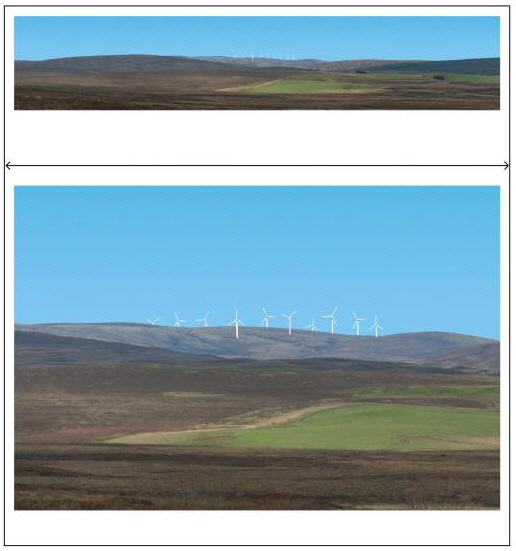Part 1 of this post (here) dealt with an opinion poll published by Ipsos MORI last summer. This showed a surprising level of global warming scepticism among the UK public and also indicated a high degree of confusion among the respondents.Before moving on to discuss a couple of more recent polls, I want to look at some more results from the July ‘07 poll. These seem to confirm the impression that public opinion on this very important subject may be shaped more by a failure to understand the issues than by informed judgements. Here is an example:
Q2 Which of the actions on this list, if any, do you think will do the most to help reduce climate change?
%
Recycling 40 Developing cleaner engines for cars 34 Avoiding creating waste in the first place 22 Making fewer car journeys 17 Using less electricity 16 Taking fewer foreign holidays 11 Using public transport 10 Walking or cycling 10 Buying locally-grown food 7 Using water sparingly 4 Reusing bottles/containers 4 People having fewer children 4 Buying organic produce 1 None of these 2 Don’t know 3
More recycling seems a very strange choice to head this list. Although reprocessing waste may lead to a minor reduction in CO2 emissions, it is unlikely that a scientist would seriously claim that this could have a really dramatic effect; cuts in emissions from electricity generation, industry, and transport would be far more relevant. So why do so many people seem to hold this view? Continue reading »


Recent Comments